Piano Technique
New video's about how to play, handle the piano, study, relax.
In short very informative video's explained by Hetty Sponselee.
In short very informative video's explained by Hetty Sponselee.
Singing along the melody while playing the piano is the basis of playing classical music and of course this is
also for other styles. You play as you would sing it. Playing piano is singing with your fingers.
Because of this you develop listening to how a line runs, a melody, the direction, how a musical sentence develops, that's not even that easy.
If you don't do this, you are actually only pressing notes without a function.
also for other styles. You play as you would sing it. Playing piano is singing with your fingers.
Because of this you develop listening to how a line runs, a melody, the direction, how a musical sentence develops, that's not even that easy.
If you don't do this, you are actually only pressing notes without a function.
ON THIS PAGE:
Hand Position, everybody has his own hand, and thus his own hand position!
Fingers Independence and control of your touch.
Left and right piano forte, play left and right hand with difference in volume levels
Tamir Hendelman, an other study approach, focus on the lefthand. Focus on timing.
Pedal Practise, how to use the pedal in a correct way.
Staccato, legato and lateral movement.Playing staccato and legato. Lateral movement while right hand plays the melody.
Broken Chords, how to practice a good coördination in playing broken chords.
Lateral movement in the left hand while playing a melody in the right. Example Mondschein Sonate from Beethoven.
Chromatic Scale, two practical tips for studying the chromatic scale and lateral movement.
Reading Rhythm the basic key to read a rhythm.
Chords Lookalikes, a new approach to learn, see and play chords.
Chords Voicing, how to connect chords the easy way, and it soon even better.
Für Elise tutorial, practical tips to play Beethovens Für Elise.
Hanon Tips for the first and daily exercise froms Hanon’s book ‘Klavier Virtuose’.
Release the Key, Exercise for training a quick release of the key when play the next one.
Most important action when you play the piano.
Scales Handmovement, The position of the hand and thumb when playing scales.
The scales will sound more equal and your playing will be more relaxed.
Octaves Tutorial, playing octaves relaxed, precise and with brilliance
For specific questions about how to study/play send us an e-mail.
Hand Position, everybody has his own hand, and thus his own hand position!
Fingers Independence and control of your touch.
Left and right piano forte, play left and right hand with difference in volume levels
Tamir Hendelman, an other study approach, focus on the lefthand. Focus on timing.
Pedal Practise, how to use the pedal in a correct way.
Staccato, legato and lateral movement.Playing staccato and legato. Lateral movement while right hand plays the melody.
Broken Chords, how to practice a good coördination in playing broken chords.
Lateral movement in the left hand while playing a melody in the right. Example Mondschein Sonate from Beethoven.
Chromatic Scale, two practical tips for studying the chromatic scale and lateral movement.
Reading Rhythm the basic key to read a rhythm.
Chords Lookalikes, a new approach to learn, see and play chords.
Chords Voicing, how to connect chords the easy way, and it soon even better.
Für Elise tutorial, practical tips to play Beethovens Für Elise.
Hanon Tips for the first and daily exercise froms Hanon’s book ‘Klavier Virtuose’.
Release the Key, Exercise for training a quick release of the key when play the next one.
Most important action when you play the piano.
Scales Handmovement, The position of the hand and thumb when playing scales.
The scales will sound more equal and your playing will be more relaxed.
Octaves Tutorial, playing octaves relaxed, precise and with brilliance
For specific questions about how to study/play send us an e-mail.
The correct position of your hand when you play the piano, it has only to be a relaxed position and everybody has his own hand, and thus his own hand position!
A simple but effective one-minute-a-day exercise for improvement of the independence of the fingers and control of your touch.
How to learn in an easy way to play left and right hand with difference in volume levels, like right hand stronger/softer then left hand when they play at the same time.
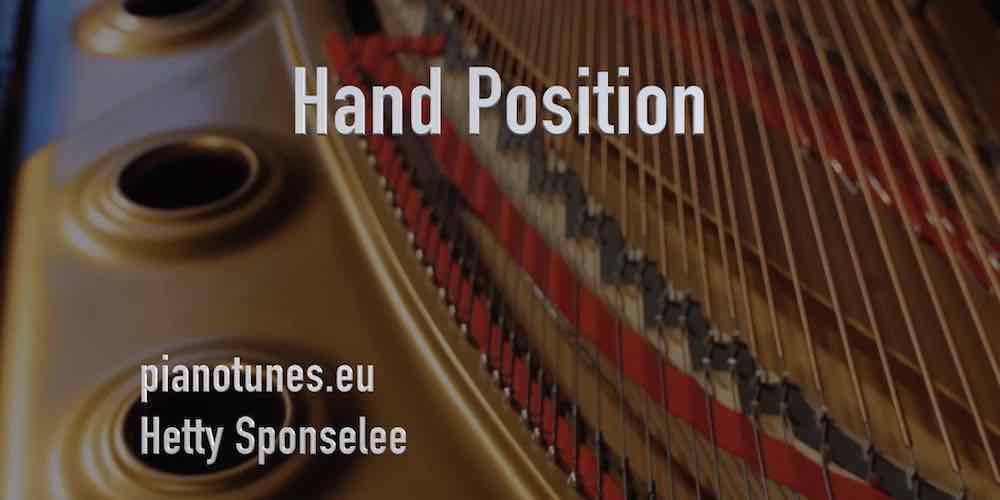


This video shows how Tamir Hendelman plays and knows the left hand in every aspect, rhythm and harmony.
But in his head he SINGS the right hand. Sometimes his right hand moves over the keys as it shows in this video.
What’s there to learn…..
You probably know that you have to study your left hand solo (without playing your right
hand), but it’s important that you sing along in your head the right hands melody line.
(which you already know most of the time!!!)
You only then will develop the left hands lines, chords and rhythm within the right timing,
and that’s also very important for classical pianists.
For example, take Schuberts Impromptu Op. 90 no. 4
Just the first few bars, play the left hand while singing the triads from the right hand in your
head and play the last chord from the second bar at the right time, but also with the right
sound you want it to have.
You are probably busy with the triads in your right hand all the time (my students are), but if
you are able to change the focus as described you will listen better to what’s happening in
the left hand when you play it again with both hands and your timing will definitely be
better!
But in his head he SINGS the right hand. Sometimes his right hand moves over the keys as it shows in this video.
What’s there to learn…..
You probably know that you have to study your left hand solo (without playing your right
hand), but it’s important that you sing along in your head the right hands melody line.
(which you already know most of the time!!!)
You only then will develop the left hands lines, chords and rhythm within the right timing,
and that’s also very important for classical pianists.
For example, take Schuberts Impromptu Op. 90 no. 4
Just the first few bars, play the left hand while singing the triads from the right hand in your
head and play the last chord from the second bar at the right time, but also with the right
sound you want it to have.
You are probably busy with the triads in your right hand all the time (my students are), but if
you are able to change the focus as described you will listen better to what’s happening in
the left hand when you play it again with both hands and your timing will definitely be
better!

A short and simple exercise how to use the pedal in a correct way.
A basic exercise for playing staccato and legato with both hands together. It’s also a start-up exercise for playing left hand with lateral movement while right hand plays the melody.
How to practice a good coördination in playing broken chords.


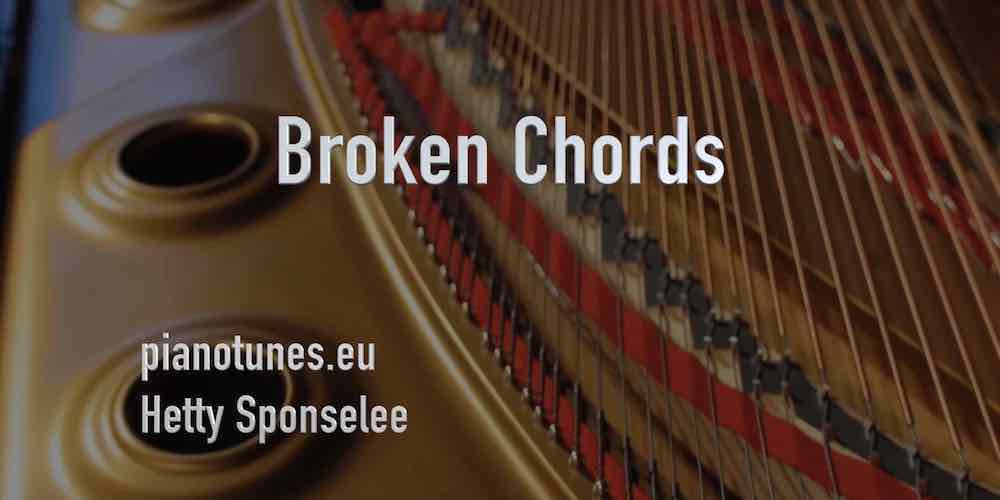
First exercise of lateral movement in the left hand while playing a melody in the right hand.
Example used here are the first four bars of the Mondschein Sonate from Beethoven.
Example used here are the first four bars of the Mondschein Sonate from Beethoven.
Two practical tips for studying the chromatic scale and lateral movement.
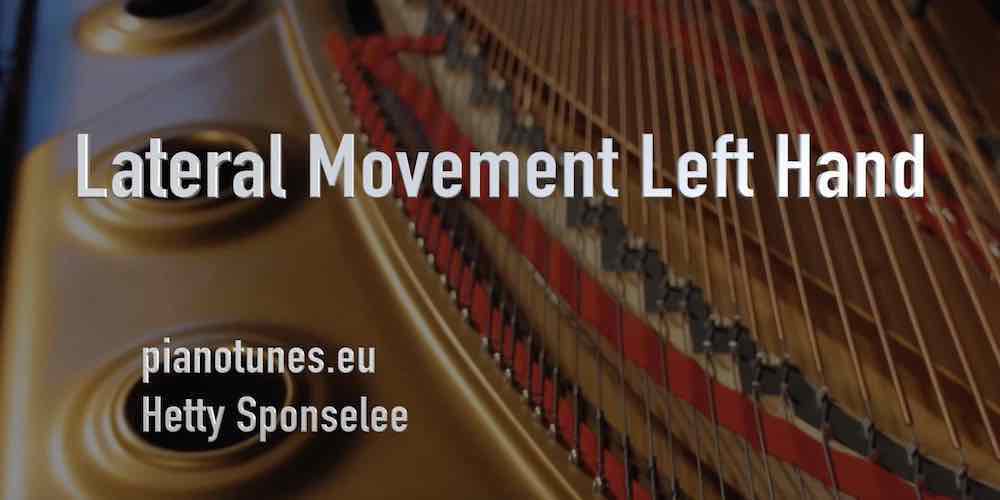


Tips for the first and daily exercise froms Hanon’s book ‘Klavier Virtuose’.
Exercise for training a quick release of the key when play the next one.
Most important action when you play the piano.
Most important action when you play the piano.
The position of the hand and thumb when playing scales.
The scales will sound more equal and your playing will be more relaxed.
The scales will sound more equal and your playing will be more relaxed.
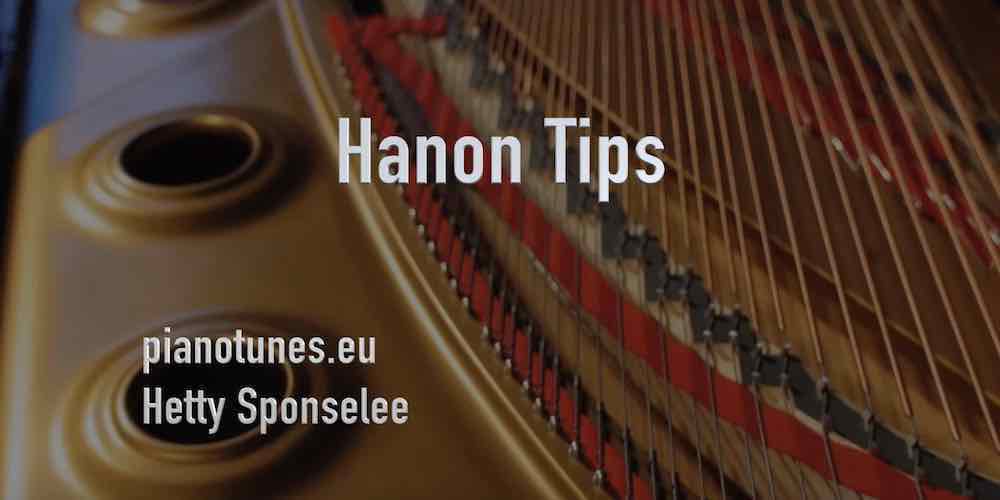
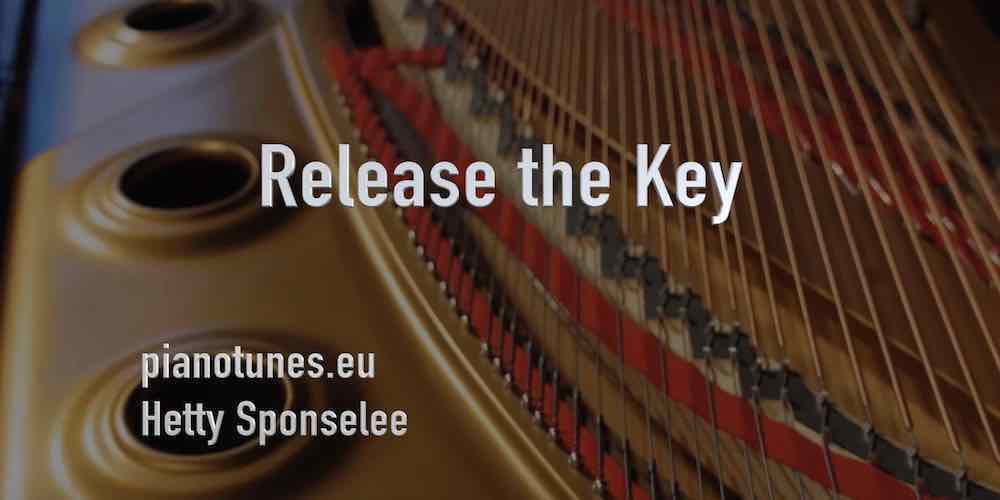
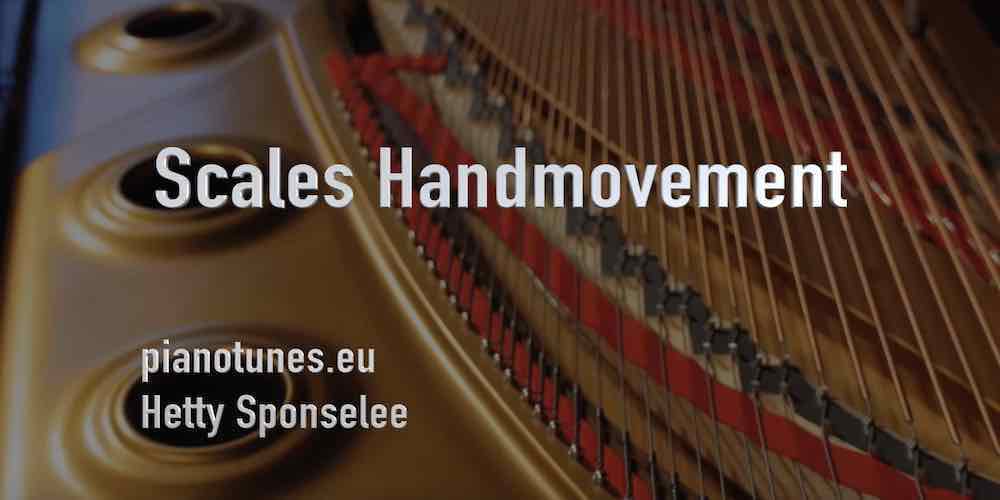
Alberti Bass Essentials, develop your piano technique with easy exercises.
Octaves Tutorial, playing octaves relaxed, precise and with brilliance


Jacques de Tiège. Short docu (1999) about Jacques de Tiège (1936-2022), one of the most influential and outspoken Belgian piano teachers of the last century.
Jacques de Tiège was professor at the conservatories of Antwerp and Tilburg. Among his pupils and pianists who were looking for his advice were a.o. Enrico Pace, Leif Ove Andsnes, Bertrand Chamayou, Igor Roma, Marc-André Hamelin, Antony Hermus, Yuja Wang, Liebrecht Vanbeckevoort, Urbain Boodts, Sylvia Traey, Robert Groslot, Eliane Rodrigues, Edoardo Torbianelli, Michel Stas.
Jacques de Tiège was professor at the conservatories of Antwerp and Tilburg. Among his pupils and pianists who were looking for his advice were a.o. Enrico Pace, Leif Ove Andsnes, Bertrand Chamayou, Igor Roma, Marc-André Hamelin, Antony Hermus, Yuja Wang, Liebrecht Vanbeckevoort, Urbain Boodts, Sylvia Traey, Robert Groslot, Eliane Rodrigues, Edoardo Torbianelli, Michel Stas.
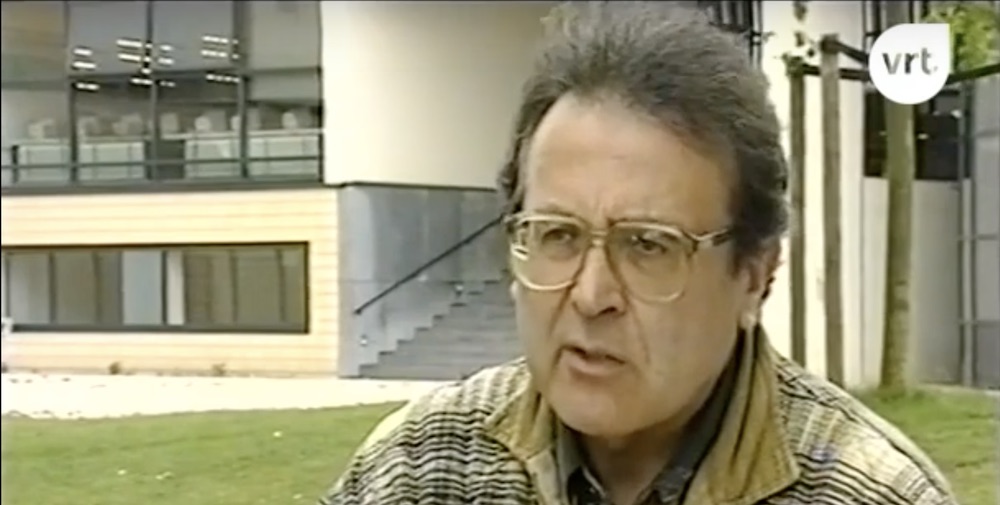
Sight Reading
Read Rhythm Introduction. The Best Way to Count 16th Note Rhythms Introduction: Reading rhythm is like reading words, you have to hear and not count them. It's easy there are only 9 rhythmical words. Imagine that you can read all books knowing only nine words.
Reading Rhythm is like reading words, you have to hear them. It's easy there are only 9 rhythmical words. Imagine that you can read all books knowing only nine words.
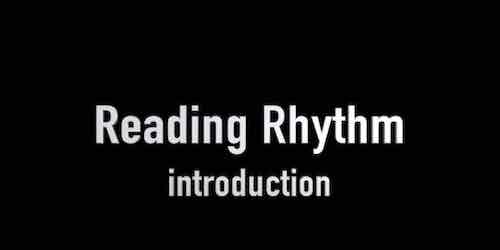
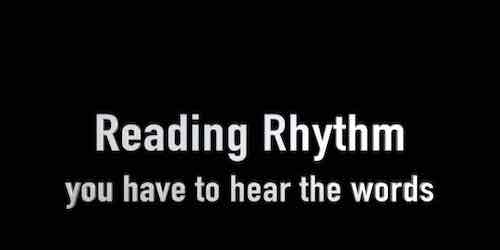
After watching the video download the exercises.
Chords Lookalikes. There are only 12 major chords and you can play millions of tunes with it. One way to learn them quick is to see the lookalikes.
Chords Inversions and Voicings. How to connect chords the easy way.


Two Chord Groove. A nice groove with only two chords. Just swap two parallel triads, major and minor or visa versa. It gives a poppy/gospel sound.
Very usable to study triads and there inversions.
Very usable to study triads and there inversions.
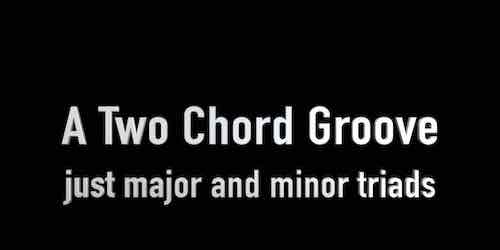
For specific questions about how to study/play send us an e-mail.
